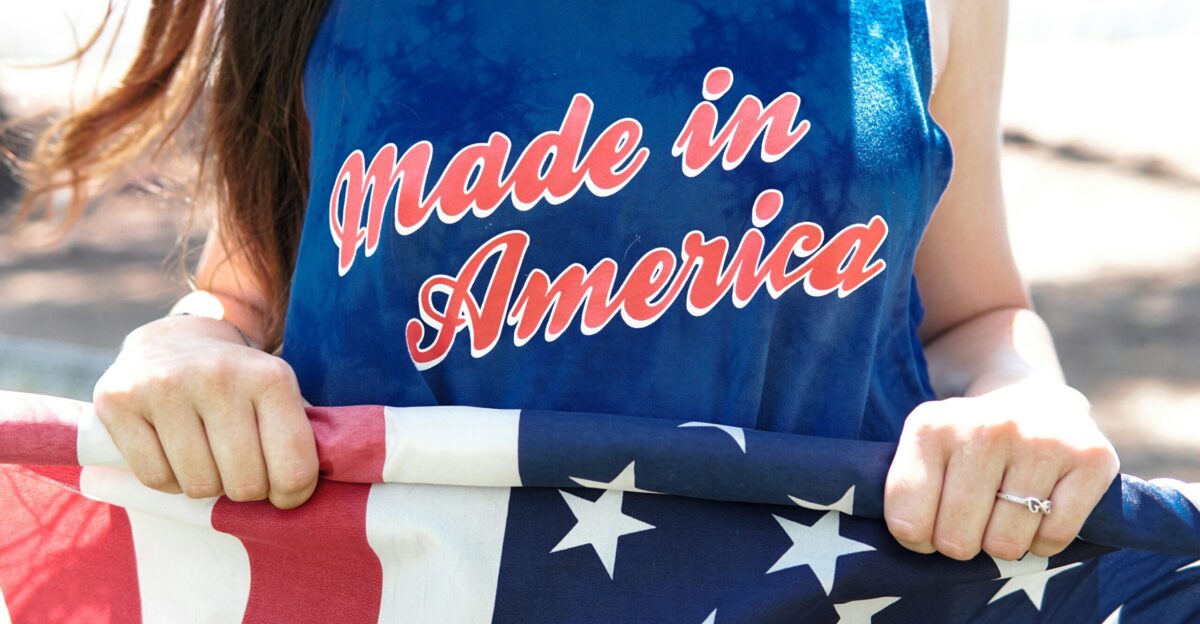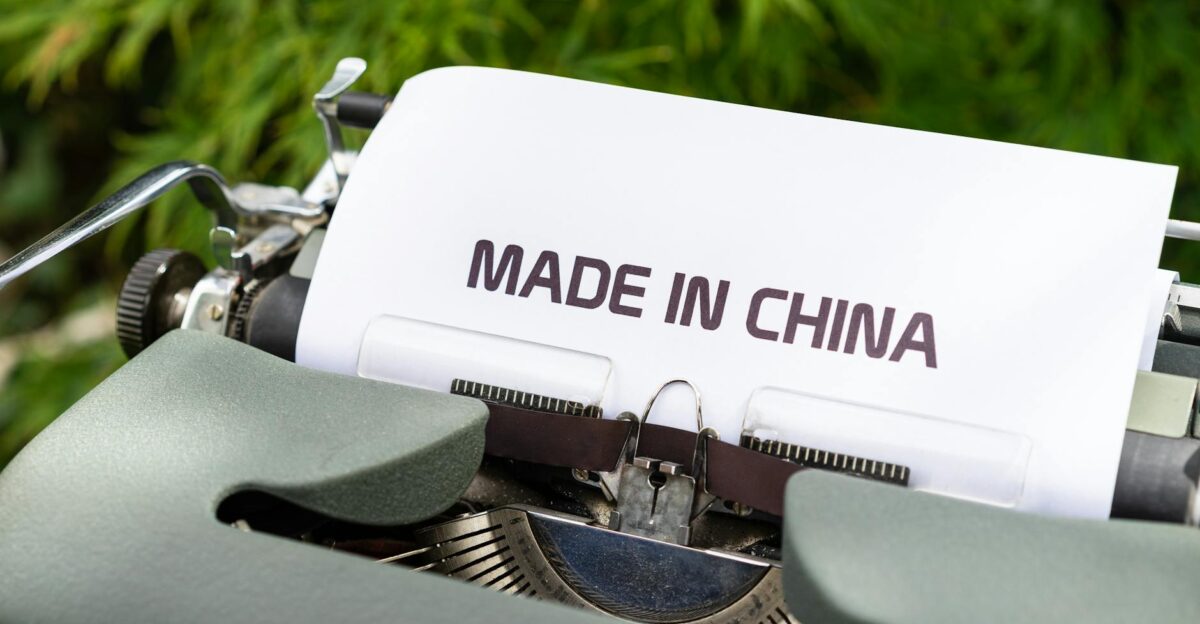
We all say we’d love to support American-made products. But when it comes to our wallets, many of us quietly reach for the cheaper imported option. Here’s why that price gap is so much bigger than we think.
The Patriotism-Pricetag Problem

There’s no shortage of American pride when it comes to buying local. According to a study cited by Forbes, 70% of U.S. consumers say they prefer to purchase American-made goods. However, when the price tag reflects the actual cost of domestic manufacturing, that loyalty fades fast.
Most shoppers are only willing to pay about 20% more for an American-made item, even though products made in the U.S. typically require a 50%–100% premium to remain profitable.
Smartphones and High-End Electronics

If your iPhone were made entirely in the U.S., you might be looking at a price tag upwards of $3,500, instead of the current $1,199. That’s not speculation, it’s based on cost breakdowns from GoBankingRates and supported by teardown analyses of Apple’s global supply chain. And this doesn’t just apply to Apple.
The St. Louis Federal Reserve notes that nearly every component in our electronics — semiconductors, display panels, batteries — comes from China, South Korea, or Taiwan.
Toys and Games

If you walk through any toy aisle, it becomes evident that most toys sold in the U.S. come from China. Around 85% of them do, according to sourcing data from JingSourcing. Shifting toy production back to the U.S. would increase prices by 1.9 to six times, mainly due to labor costs.
As TheStreet reports, U.S. toy manufacturers would pay workers five to six times more than factories in China, and they’d face stricter safety regulations, too. .
Clothing and Apparel

A simple cotton T-shirt made in the U.S. might retail for $25 or more, not because it’s a fashion statement, but because American garment workers earn far higher wages than those overseas. KPMG’s Global Manufacturing Competitiveness Index estimates that American apparel manufacturing is two to four times more expensive than offshore production.
In places like Bangladesh and Vietnam, factory wages can fall below $6 an hour, while U.S. minimum wage exceeds $15 in many states.
Furniture and Home Décor

There’s something nostalgic about solid, American-made furniture. But nostalgia comes at a premium. Data from GoBankingRates reveals that moving furniture production back to the U.S. could raise prices between 1.5 and 2.9 times. A sofa that retails for $1,000 from an imported brand could cost $1,500 to $2,900 if manufactured stateside.
The price jump comes down to high labor costs, strict compliance requirements, and the surprising fact that much of the wood and metal hardware used in U.S. furniture still comes from overseas.
Kitchen Appliances and Household Goods

The appliances in your kitchen, from microwaves to blenders, benefit heavily from international supply chains. If these items were assembled entirely in America, prices could spike by thousands. GoBankingRates estimates that making a refrigerator in the U.S. instead of abroad could add $1,500 to $3,000 to the retail price.
Even smaller items like hairdryers and electric toothbrushes would see price increases of two to seven times, depending on parts and assembly. It’s not just wages driving the spike, it’s the cost of materials, energy, and insurance, all of which are significantly higher in the U.S.
Automobiles

“Made in the USA” is a badge many car buyers look for, but complete domestic manufacturing is far from the norm. Even American brands rely on parts made in Mexico, Canada, or Asia to stay competitive. According to Nasdaq, the average American-made car costs around $53,200, while a similar vehicle in Mexico costs just $40,700.
That $12,500 gap doesn’t just come from hourly wages. U.S. factories also face steeper taxes, compliance costs, and benefit obligations. As The Manufacturing Institute reports, these structural expenses make total manufacturing in the U.S. about 9% costlier than among trade partners.
Footwear and Kids’ Shoes

Footwear is one of the most labor-intensive products, and the U.S. has all but stopped making it at scale. According to cost data cited by TheStreet, domestic production pushes prices up by 30% to 70%. If made in America, a $50 pair of imported sneakers could become an $85 to $100 pair.
China, which supplies nearly 29% of global footwear, keeps prices low thanks to cheaper labor and a streamlined infrastructure.
Small Home Electronics and Gadgets

You might not think twice about grabbing a $25 electric kettle or $40 electric toothbrush, but what if those gadgets cost two to three times more? That’s the reality if manufacturing were brought back to the U.S. entirely. Reports from AOL Finance and GoBankingRates show that prices for small home electronics would increase by 2.2 to 7 times, depending on complexity.
These are mass-market items where even a $5 price bump can dramatically reduce demand. It’s not just the product cost at stake, it’s the viability of entire brands that rely on razor-thin margins to compete.
Why It Costs More to Make Things in America

It’s easy to think higher prices are just about paying workers better, and that’s part of it. However, as manufacturing consultant Ali Hafezi told Forbes, moving production back home doesn’t eliminate foreign dependency. What machines were used to build American factories? Most are made in China, the materials … often imported.
According to The KPMG/Manufacturing Institute, while U.S. raw production costs are on par with other nations, structural expenses like energy, taxes, litigation, and employee benefits make manufacturing in the U.S. 9% higher than the global average.
The Heart Wants ‘Made in the USA.’ The Wallet Says Otherwise.

There’s no question Americans want to support local industries. It’s not a lack of love, it’s simple economics. Until wage expectations, structural costs, and global trade dynamics shift significantly, the sticker shock of U.S.-made goods will continue to send most consumers right back to the import aisle.